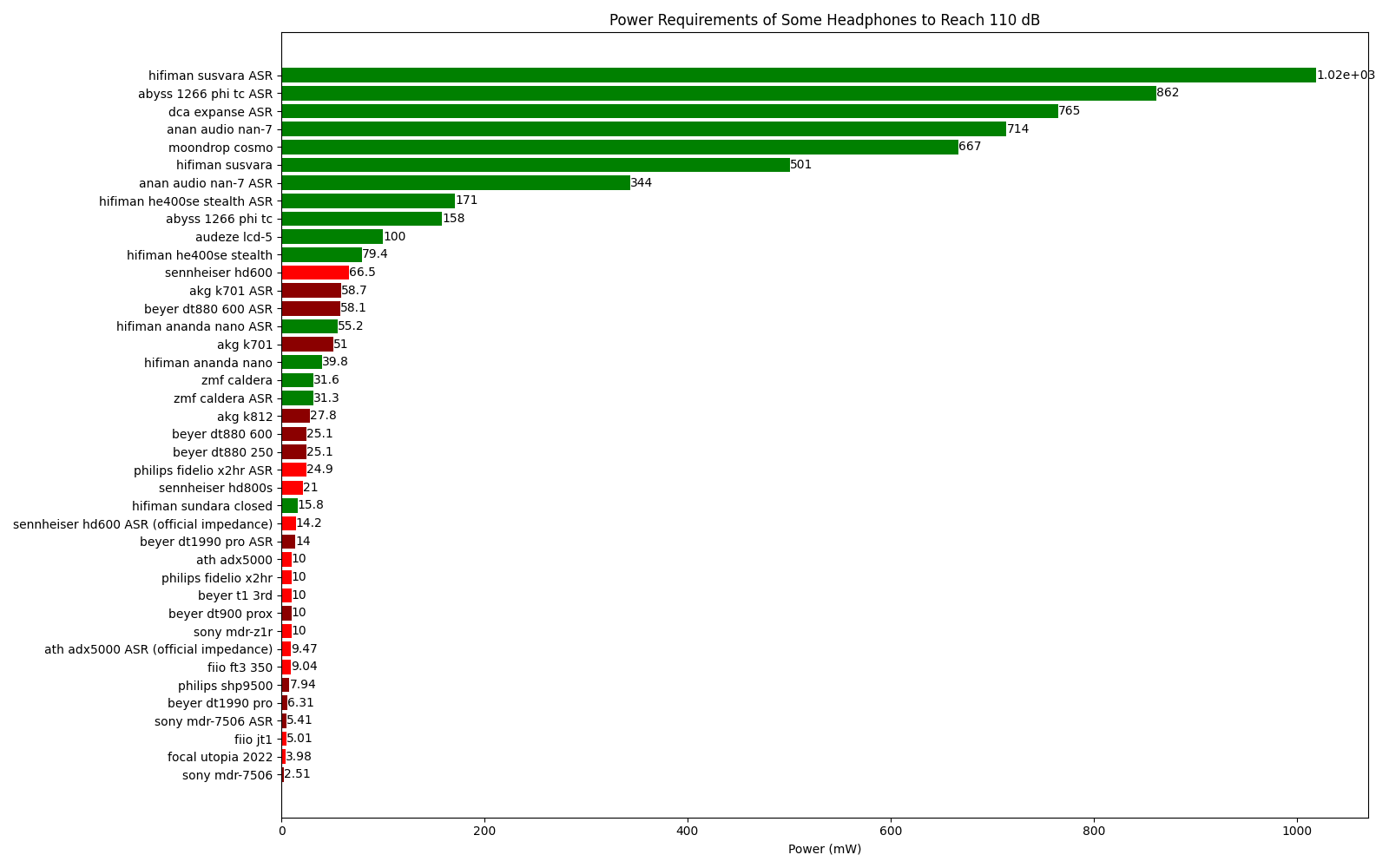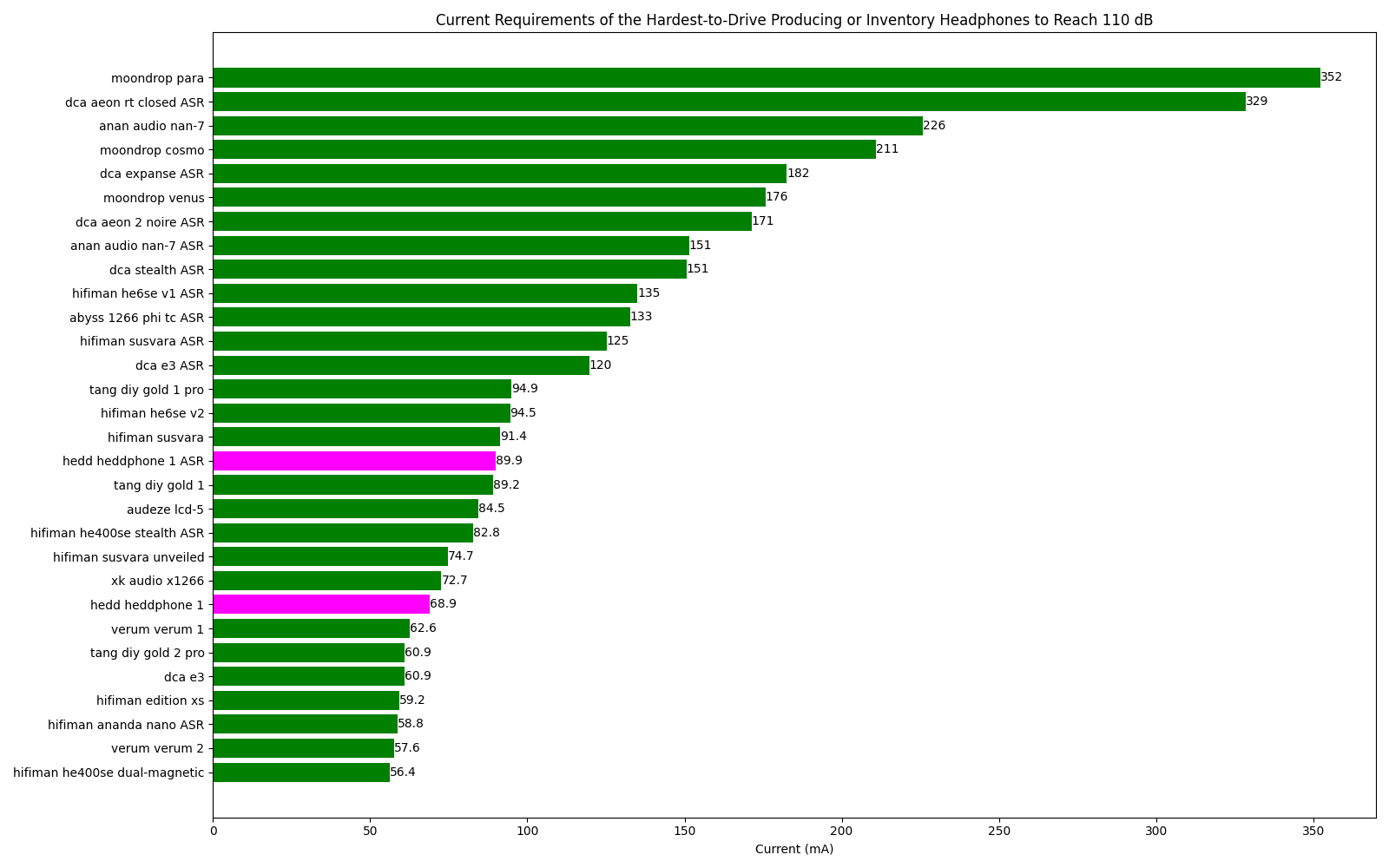English / 中文
Sound Library is an acoustics knowledge base, dedicated to helping audiophiles and those interested in high-quality audio learn the knowledge of sound.
If you don't know how to get started or just want to have a glance, you can check this article Algebraic Relation between Sensitivities and Impedance.
Folders named "en-US", "zh-CN", etc., contain localized content. Users from different regions can find content suitable for themselves in these folders. Currently, there is mainly localized content for mainland China, which includes over-ear headphone reviews, some essays, shopping guides, and knowledge bases. If you are interested in providing localized content or translations for other regions and languages, you are welcome to submit a PR.
For now, please find most of the localized content in the "zh-CN" folder.
Official over-ear headphone sensitivity table. This table contains information such as the type of sound unit, official sensitivity, official impedance, whether it supports balanced input, the type of cavity (open/closed/semi-closed, etc.), and production status of some over-ear headphones. Since the production status and specifications of a pair of headphones may change (the specification changes of a product are really infuriating!), each piece of data has an addition date for reference.
Because 1. headphones have individual differences, the reproducibility of measurements is poor; 2. measurement equipments and standards of various manufacturers varies, and even the marked parameters may be wrong; 3. editors of this sheet may make mistakes when consulting and entering data; third-party test data may be quite different from official data. The meaning of comparing parameters between products from different manufacturers is limited. When there are rigorous third-party test data or detailed manufacturer test reports, please give priority to those.
Audio Science Review (ASR) over-ear headphone sensitivity table. Audio Science Review Forum is one of the more authoritative third-party audio equipment testing websites, and its test data is relatively rigorous. This table contains some data on the voltage (mVrms) needed to drive some ASR-tested over-ear headphones to 94 dBSPL and the impedance data at 1000 hz. If the impedance of the headphones varies greatly with frequency, the change trend of the impedance curve will be briefly summarized in the remarks.
Over-ear score table (Based on Mainland China), which includes overall score, sound quality score, build quality score, comfort score, note, and date of review from the main contributor to this repository. Each scored between 1 to 5.
Score Comprehensive rating, considers factors including price, sound quality, build quality, comfort, appearance, QC, and CS at the time of rating. 1 point for pure garbage and is not recommended for purchase under any circumstances; 2 points for a product with a lower cost-performance ratio, generally not recommended for purchase; 3 points for an average product; 4 points for a product with a higher cost-performance ratio, recommended for purchase; 5 points for an almost perfect choice at this price point, strongly recommended.
Sound Sound quality rating, depending on the price and driving difficulty at the time of rating. Among products with similar prices, 1 point for extremely poor sound; 2 points for sound quality that is significantly inferior; 3 points for mediocre sound; 4 points for superior sound quality; 5 points for outstanding sound quality far surpassing competitors.
You may notice that some classic products like the HD600 get a low score of 2. This is because this rating only focuses on the sound-quality-to-price ratio of these headphones, or the pleasure of listening and the cost itself, and does not consider their historical status. Let's be honest, many classic headphones have really fallen behind newer products in terms of sound quality.
Also, headphones differ in driving difficulties and have different power requirements. Harder-to-drive headphones usually need to be paired with a more expensive amp, which has a negative impact on the sound-to-price ratio.
Build Build quality rating, depending on the price at the time of rating. Among products with similar prices, 1 point for extremely poor build quality; 2 points for lower-than-average build quality; 3 points for mediocre; 4 points for superior build quality; 5 points for outstanding build quality far surpassing competitors.
Comfort Comfort rating, no relation with price. 1 point for torturous wear; 2 points for discomfort for many people; 3 points mean that most people can wear it for a long time; 4 points mean that most people will find it comfortable; 5 points for lightweight and extremely comfortable. Headphones heavier than 400 g won't get 5 points.
Since the price of a pair of headphones may change, and the production line may be updated, the rating date is also an important reference factor. Generally speaking, the closer the rating date, the more reference value the rating has. Products with the same score do not mean that they are close in product power, such as Audeze LCD-5 and Beyerdynamic dt880 both getting 3 points does not mean that their quality is similar.
Since the main contributors to this repository are in mainland China, the scores will be based on the price, warranty, and reputation of the headphones in mainland China. If you are in other regions, the above factors may be different, and the scores will also be different.
Used to analyze and compare the voltage and power requirements of headphones, it can draw a histogram of the voltage or power requirements to drive the headphones interested to a certain sound pressure level, which can be used as a reference to evaluate the difficulty of driving the headphones.
For specific usage, please refer to the comments and the usage examples in the script.
- Translate articles in zh-CN/knowledge to English
- zh-CN/Knowledge/分析耳机的推力需求.md
- Fill comments in data/over-ear assessments cn.csv
- ...
You are welcomed to contribute to this project or submit your own articles. Your copyright is paid respect here. If you have any questions or suggestions, no matter how insignificant, please feel free to open an Issue or email me. Thank you for your support!


